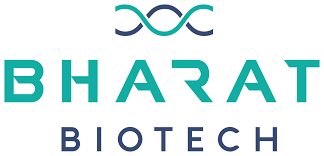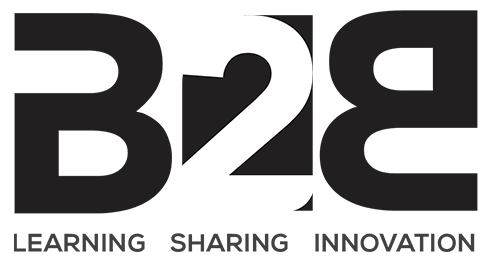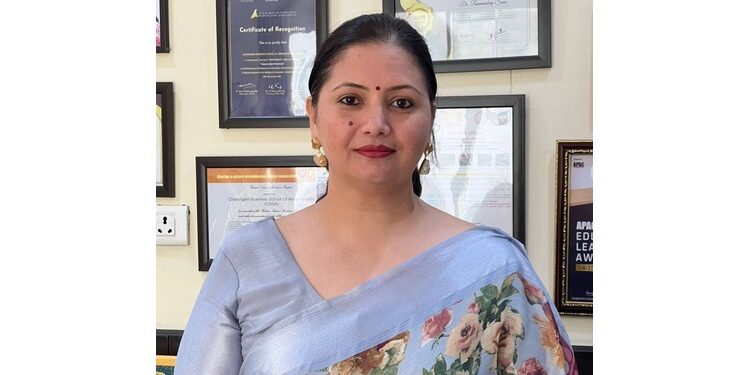In the present scenario of the digital age, the teaching learning process is highly dependent on digital technologies. Various models of learning are dependent on digital methodologies to provide teachers and students required information inside and outside classes as per the need. These developments have changed the ways of teacher-student interaction. Not only has the accessibility of students to teachers and information has increased, digital advancements have also enhanced individualised learning. The teacher and student are now able to have the free flow of information leading to a variety of learning and interaction possibilities and hence a positively lead towards developed educational environment. As per Sharlovych et al.(2023), digital technology plays a significant role in students’ academic activities, intellectual abilities and creative expression while providing a platform to practice the best teaching methodologies based on an education 4.0 background.
Digital pedagogical effectiveness is dependent on teacher-student interpersonal relationships, which should be instrumental in enhancing motivation and empowerment among students. In order to ensure quality teacher-student interaction in a digital pedagogy, the teachers have to work hard to develop strong bonds with students while respecting their autonomy and diversity. Teachers should try to keep communication in a digital pedagogy flexible with diverse content, specified assignments whenever required and supplementary teaching.
Educators at present are interacting with students while making use of gamification techniques, digital storytelling, prerecorded videos, live chats, video/ text/ voice formats, plagiarism detection, proctored exams, online meetings, personalised learning, etc. The communication in traditional classrooms used to be formal and there was limited and time bound teacher student interaction but now the communication is instant through LMS, notifications and whatsapp. There is comparatively more parent awareness and involvement through progress tracking apps, digital portals, etc. Google docs, real time collaboration of teacher and student virtual group projects, discussion forums, etc have increased student collaboration and peer learning. Since the teaching learning process is no longer confined to physical classrooms, learning and teacher student interaction has become possible anytime and anywhere.
While highlighting the benefits of digitalisation for all stakeholders, it is imperative to acknowledge that the digital tools while helping the teaching and learning processes present complicated challenges as well. Teacher student interaction faces barriers if both the parties are not fully acquainted with usage of digital technologies. Teachers have to enhance their own skills to ensure effortless integration of digital methodologies into teaching and learning with an objective to virtualise the traditional classroom teaching. Continuous advancements in digital tools sometimes makes it challenging for all the users to maintain a balance and utilise technology to the fullest. Further availability and access to digital technologies in institutions many a times is not adequate to ensure effective usage of varied technologies in the classroom. With the increasing influence of AI on digital education, academic success is being measured as per new parameters for which teachers and students have to be ready.
Send news announcements/press releases to:
info@b2bmarketmedia.com

























































